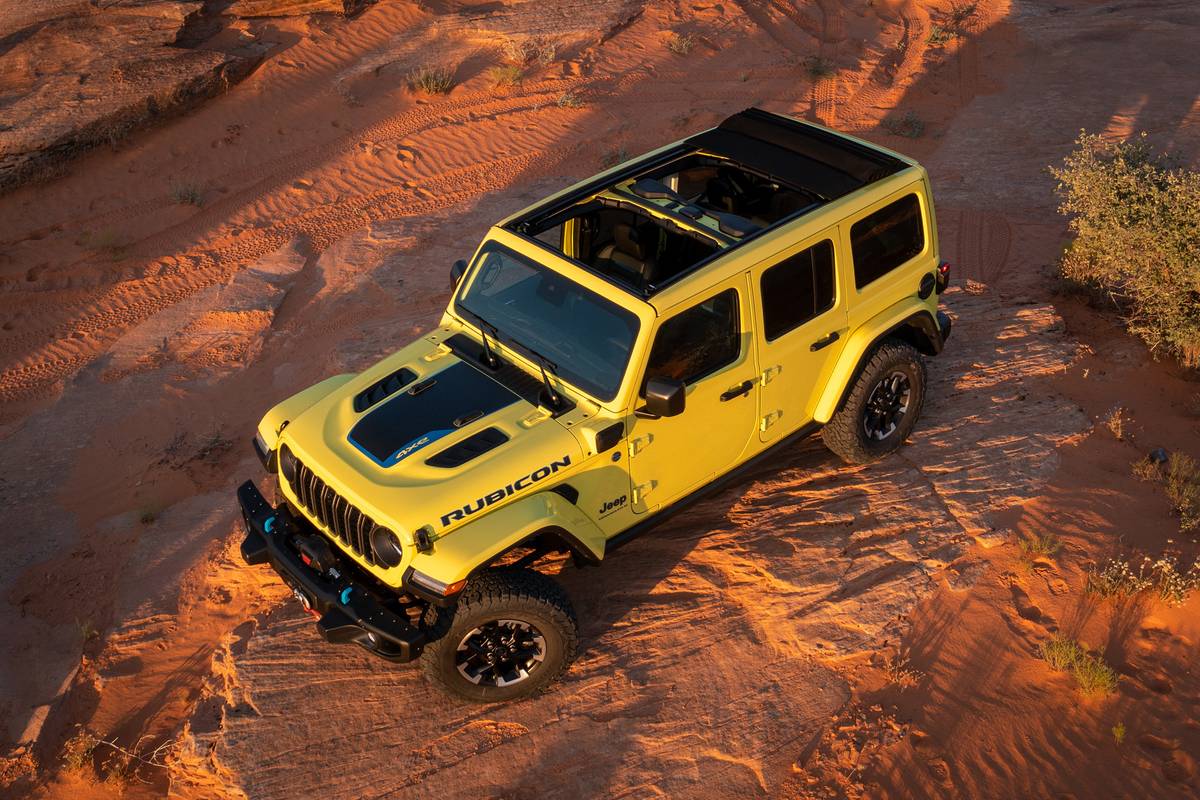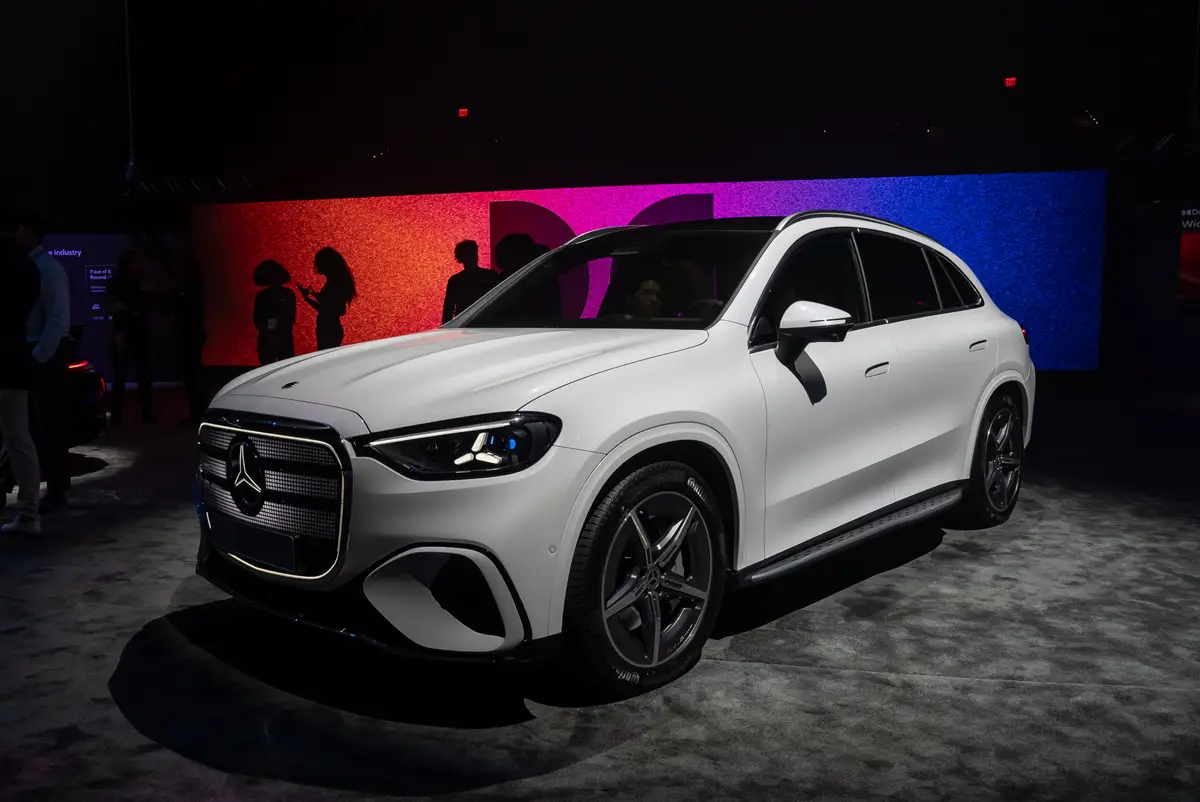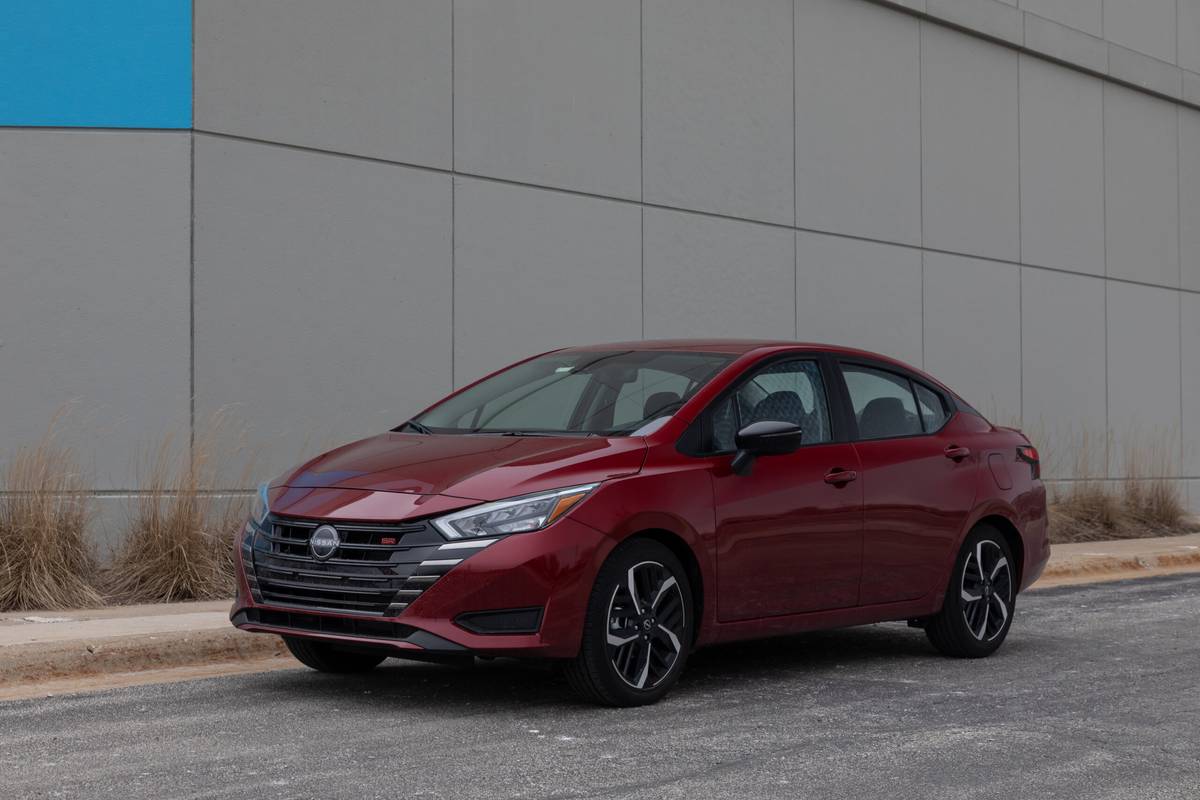Boston.com's view
It would be a safe bet that many, many of the Americans who have driven the Chevrolet Cavalier did so after picking one up at a car-rental lot.
Here was a vehicle that, over its more than 20 years of its existence, had the unenviable task of competing at one end with cheap Korean and Japanese compacts and on the other end with affordable, snazzy performing cars from Toyota, Honda, and Volkswagen.
Well, the Cavalier is being retired, replaced by a pair of cars that cover both the cheap and the high-quality ends of the compact-car scale. The Aveo is an unimpressive little car that starts at below $10,000 and climbs to about $13,000.
But today’s test car, the 2005 Chevrolet Cobalt, shows that General Motors is stepping back to retake ceded ground.
The Cobalt is being asked to compete with the Ford Focus, the Toyota Corolla, and the Honda Civic. And in top-end, supercharged form, even with the Dodge SRT-4, Honda Civic Si, and GM’s own Saturn Ion Red Line.
It comes in both coupe and sedan form and in four models: Base, LS, LT, and SS. Our test car was the LT sedan. Prices range from about $14,500 for the Base to $22,000 or more for the supercharged SS.
The Cobalt is built on General Motors’ Delta platform, which also underpins the Saturn Ion and, in reconfigured form, its popular European car, the Opel.
The coupe, a nicely sliced wedge – it slopes from the hood up over a raked windshield, down a quickly slicing rear roof line, and back to the flip of its rear spoiler – has the look of a shrunken NASCAR racer. The sedan sits more upright and has a higher rear roofline, but with the same early wedge and optional rear spoiler, it still looks plenty sporty.
It sits atop a fully independent suspension that is far tighter than what the sloppy Cavaliers ever had, with all models getting struts up front, control arms in the rear, and coil springs with anti-roll bars fore and aft.
The Cobalt has front-wheel drive and, in all but SS form, is powered by a four-cylinder, 16-valve aluminum engine that, in the test car, felt far more powerful than that. Keeping the car’s weight under 3,000 pounds had to help in that area. The SS gets a supercharged, 2.0-liter four-cylinder engine that delivers 205 horsepower. Transmission options include four-speed automatic and five-speed manuals. (I’m told the manual in the SS is a tighter shifter.)
ABS is standard on all but the Base model, and traction control is an option on the higher grades, as long as you opt for the automatic transmission.
With attention paid to motor mounts and the use of sound-deadening steel, GM has produced a small car with the quiet ride of a large, luxurious cruiser. Only when a throaty burble was intentionally induced from the exhaust did the car’s own sound creep into the cockpit.
And the cockpit is the finest example (excluding far pricier Cadillacs) that I’ve seen of GM’s new emphasis on interior quality, even at low prices. The dash and doors feature textured, two-tone color treatments that don’t look like cheap plastic. A wood accent bisects the dash, adding a touch of class. The leather-appointed seats are firm up front and rear seating is spacious, with head room surprisingly generous for a compact car. Even the trunk easily held my full weekend’s load of recycling center bags, bundles, bottles, and cans and I didn’t have to fold flat the 60/40 split rear seat to accommodate all that I wished to carry.
Heat, ventilation, audio, and cooling controls were big, easy to find, and easy to use. (And why does this aspect of cars get ever more difficult the more you pay for the car?)
The test car started out at just over $18,000; with such options as side curtain air bags, the OnStar safety/communications system, upgraded sound, rear deck spoiler, and XM satellite radio, we reached almost $23,000.
At which point I’d have my eye on that SS with the supercharged power plant, since I was then shopping in that neighborhood.
Latest news



